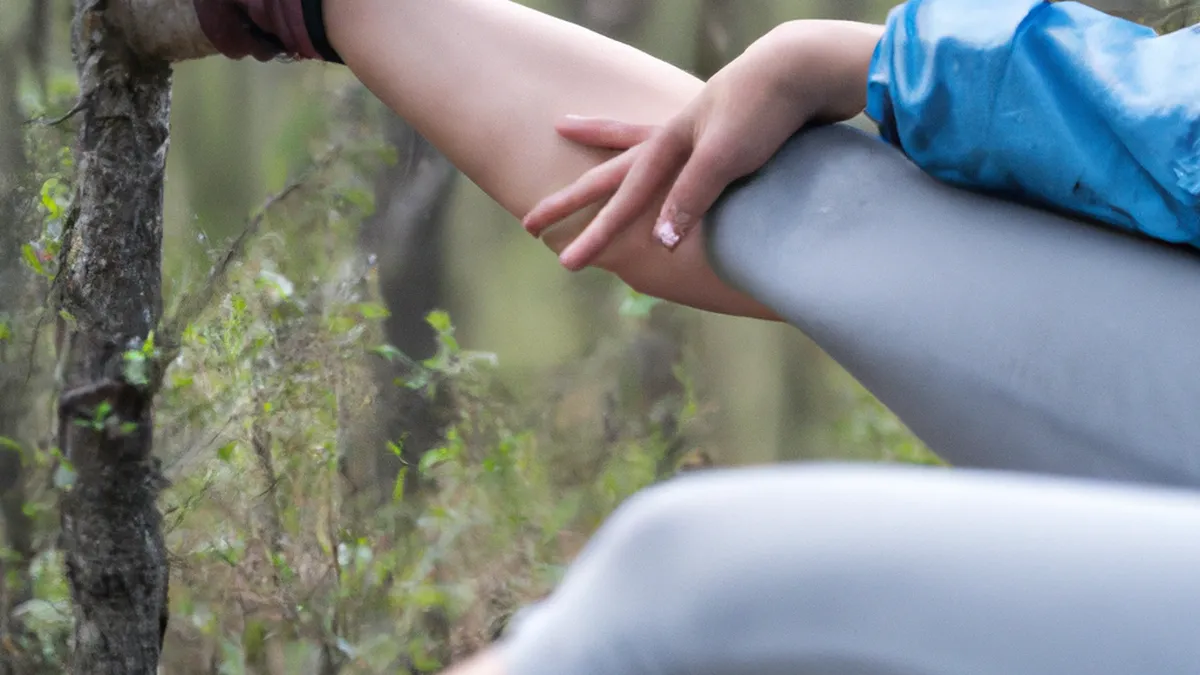Tension Relief: Stretch Your Quads and Hamstrings
Stretching Techniques Post-HikeHiking provides physical benefits and a refreshing escape into nature. It strengthens muscles and improves cardiovascular health. However, hiking can strain your muscles and joints. Stretching after a long trek becomes essential. Proper post-hike stretching alleviates soreness, improves recovery, and enhances flexibility. This blog post explores effective stretching techniques to incorporate into your routine, along with tips to maximize their benefits.
The Importance of Post-Hike Stretching
Hiking involves various terrains and elevation changes, leading to muscle fatigue. Post-hike stretching serves multiple purposes:1. **Prevents Muscle Soreness**: Stretching alleviates lactic acid build-up during exercise, reducing delayed onset muscle soreness (DOMS).2. **Enhances Flexibility**: Consistent stretching improves muscle and tendon elasticity, maintaining full range of motion and preventing injuries.3. **Promotes Blood Circulation**: Stretching increases blood flow to muscles, expediting recovery by delivering essential nutrients and oxygen.4. **Reduces Stress**: Stretching calms the mind and body, alleviating stress and anxiety after an invigorating hike.5. **Improves Posture**: Stretching counters poor posture caused by backpacks, opening the chest and aligning the spine.With these benefits in mind, let’s explore essential stretching techniques targeting primary muscle groups used during hiking.
Essential Stretching Techniques
As an Amazon Associate I earn from qualifying purchases.
Gear tip: consider compression sleeves, compression socks, and percussive massager to support this topic.
After your hike, spend 10-15 minutes stretching. Start with gentle movements and gradually increase intensity. Consider these critical stretches:
1. Hamstring Stretch
The hamstrings often tighten after hiking, especially during steep inclines. Sit on the ground with one leg extended and the other bent. Place the sole of your bent leg against your inner thigh. Reach for your toes on the extended leg while keeping your back straight. Hold for 20-30 seconds, feeling the stretch along your thigh. Switch sides and repeat. This stretch helps maintain flexibility and reduces injury risk.
2. Quadriceps Stretch
Hiking can tighten your quadriceps, especially after descending hills. Stand tall and grab your ankle behind you with one hand. Pull your heel toward your glutes while keeping your knees together. Push your hips slightly forward to deepen the stretch. Hold for 20-30 seconds, feeling the stretch along the front of your thigh. Switch legs and repeat. This stretch counteracts strain from hiking downhill and helps maintain balance.
3. Calf Stretch
Calf muscles can tighten during hikes.
Conclusion
In summary, post-hike stretching enhances recovery, flexibility, and overall well-being. Incorporate these techniques into your routine for optimal results.
Below are related products based on this post:
FAQ
Why is post-hike stretching important?
Post-hike stretching is essential because it helps prevent muscle soreness, enhances flexibility, promotes blood circulation, reduces stress, and improves posture. These benefits contribute to a more effective recovery and overall well-being after a hike.
How long should I spend stretching after a hike?
It is recommended to spend about 10-15 minutes stretching after a hike. This time allows you to perform various stretches gently and gradually increase intensity to effectively target the muscles used during your trek.
What are some effective stretching techniques for hikers?
Effective stretching techniques for hikers include hamstring stretches, quadriceps stretches, and calf stretches. These stretches specifically target the primary muscle groups that can become tight during hiking, helping to maintain flexibility and reduce injury risk.















Post Comment